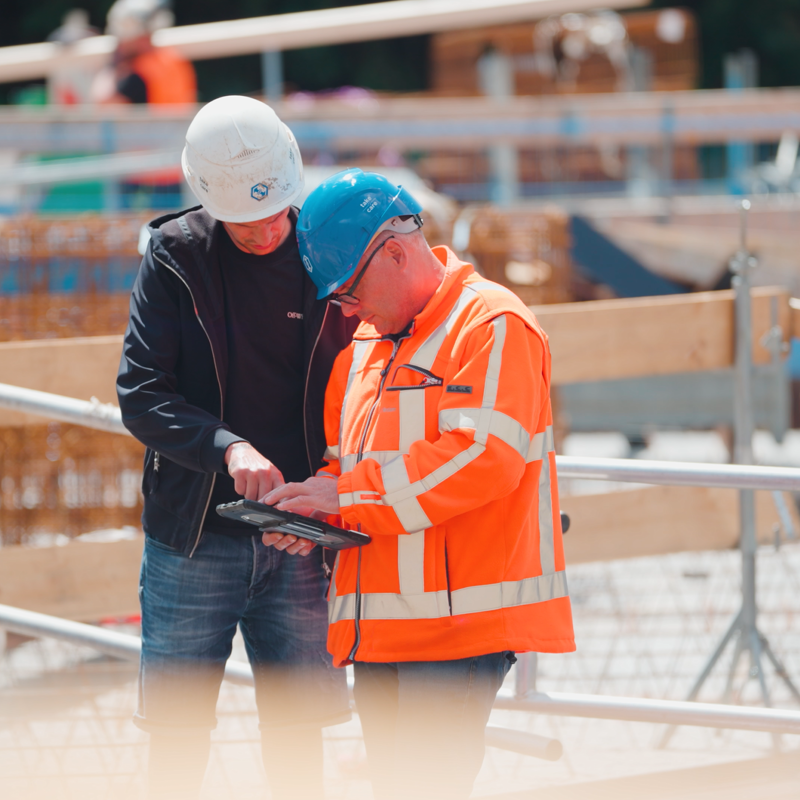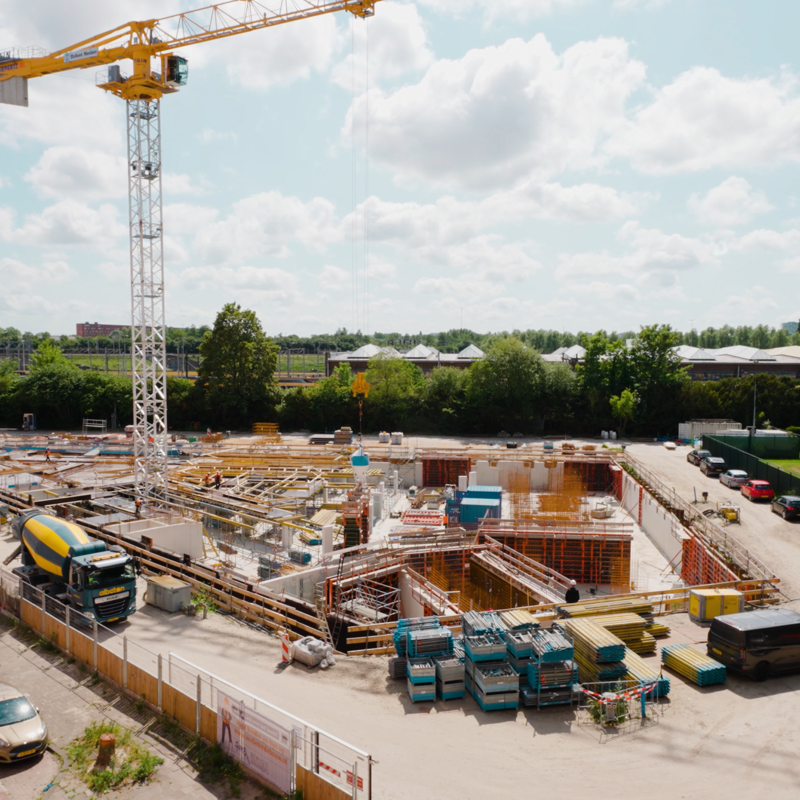"Only if you become sustainable, you will still play a role in the future"
23/08/2024

CO₂-neutral by 2030 — that is the objective for our Dutch operations. In the first half of 2025, the CO₂ footprint of Ballast Nedam including international activities has slightly decreased compared to last year. While significant progress was made in Scope 1, CO₂ emissions under Scope 2 have increased considerably.
→ Detailed figures, such as emissions per scope: see our report for the CO₂ performance ladder.


Timber construction is an excellent way to remove CO2 from the atmosphere and store it. By using this natural material in structures, such as CLT wood and prefabricated straw panels, the carbon remains locked in buildings for many years. This reduces the amount of material-related CO2 and offers a sustainable alternative to traditional building materials such as concrete and steel, which emit large amounts of CO2 during production. Additionally, biobased materials like wood and straw can often be recycled, providing further environmental benefits.
Projects such as Bredius in Amsterdam and the Natuurhuizen in Heeze illustrate how timber construction genuinely contributes to CO2 reduction. In addition to storing CO2 through the use of natural building materials, these projects provide energy-efficient and nature-inclusive homes. The storage of dozens of tonnes of CO2 in the buildings and a positive energy performance contribute to Ballast Nedam's goal of combating climate change and working towards a CO2-neutral future for the Dutch construction sector.